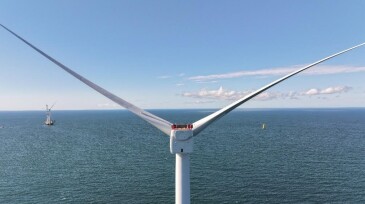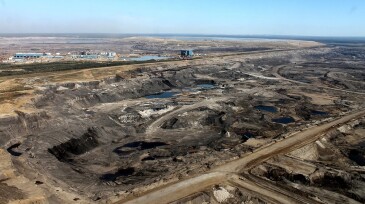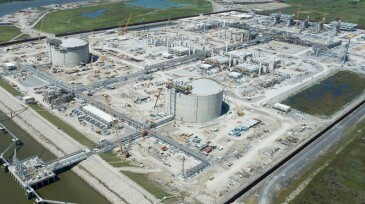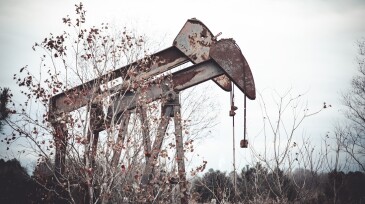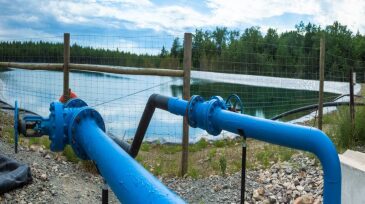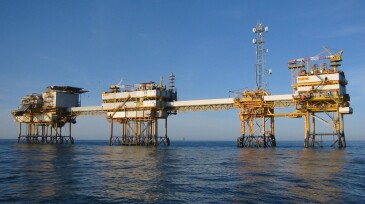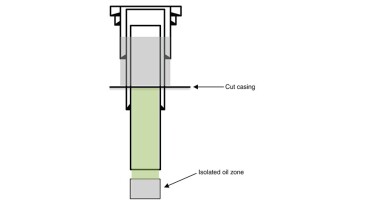Environment
This study presents the development of a biodegradable surfactant developed using principles of environmentally friendly chemistry from natural sources. The goal is to develop an effective and environmentally friendly surfactant that can emulsify and disperse oil to reduce its effects on marine environments.
This study ascertains the capital expenditure and operating expenditure associated with the reuse of existing facilities, specifically regarding a carbon capture and storage project being prepared in South Korea.
GeoMap Europe is the latest in a series of interactive global geothermal maps that combine large subsurface and surface data sets to highlight where geothermal resources and development opportunities are strongest for power, heat, cooling, and storage.
-
The authors of this paper investigate the application of two seismic monitoring methods in monitoring carbon leaks: full waveform inversion and reverse-time migration.
-
The Vineyard Wind 1 project came online on 2 January, while appeals in several lawsuits against it remain pending.
-
An innovative aircraft-based technique recorded carbon emissions not tracked before from the industrial region.
-
Republicans have been raising concerns for weeks about a possible administration clampdown on natural gas exports. Now that it’s official, expect the congressional pushback to intensify.
-
The Bureau of Land Management has released its final Eastern Colorado Resource Management Plan, which keeps most acres open to oil and gas leasing.
-
The funding comes from the Investing in America agenda with the goal of addressing legacy pollution.
-
Thailand’s national petroleum exploration and production company plans to team with Japanese oil and gas company INPEX to study the feasibility of a carbon storage hub in the northern Gulf of Thailand.
-
Researchers at Texas A&M University have developed a method of refining "liquid gold" for valuable critical minerals using what many consider traditional waste products: produced water and carbon dioxide.
-
The project aims to store 5 million tons of CO₂ annually, equivalent to a third of the total CO2 emissions from Dutch domestic vehicles in 1 year.
-
This paper discusses housing pulverized blades mixed with Portland cement in wells considered for plugging and abandonment.





